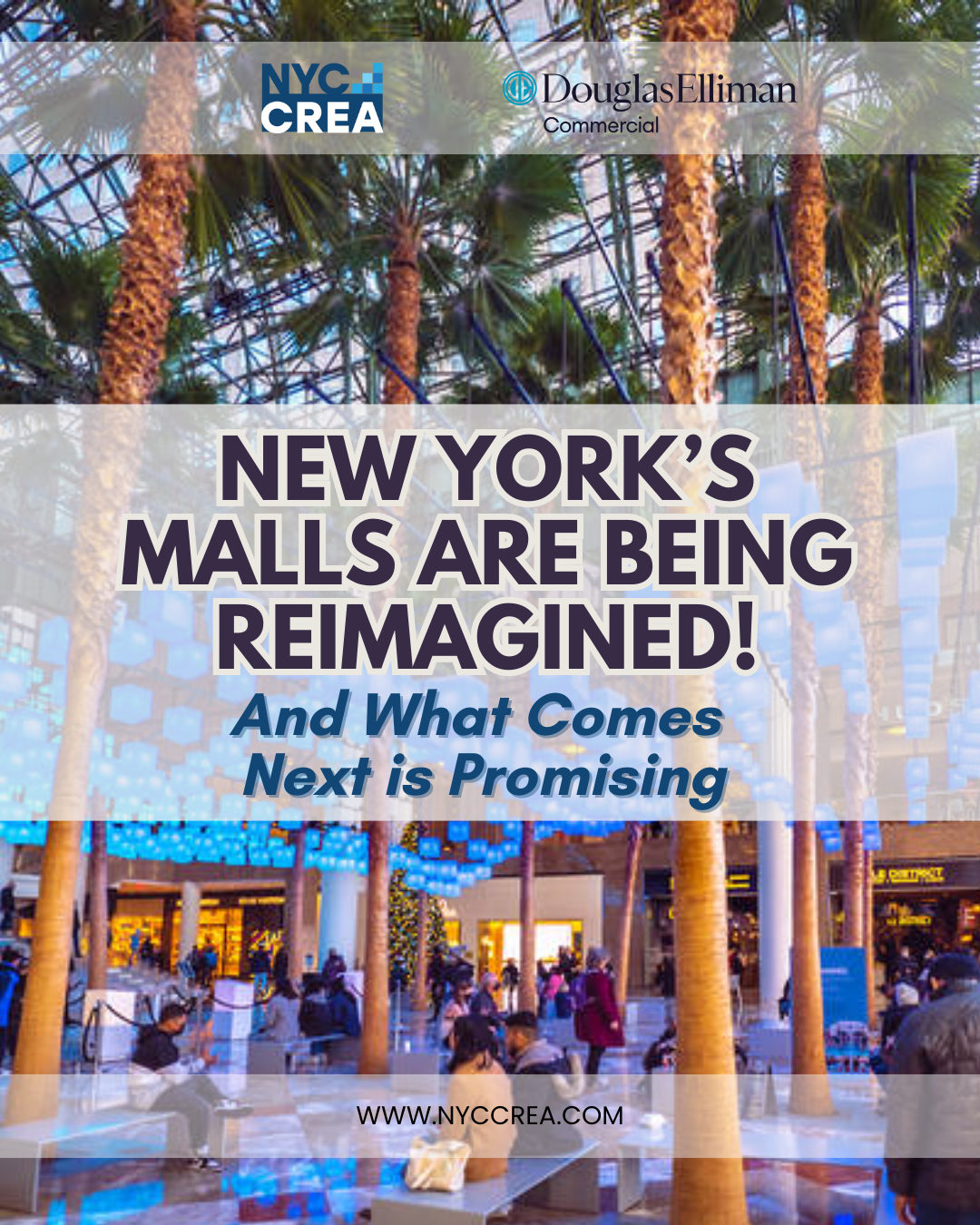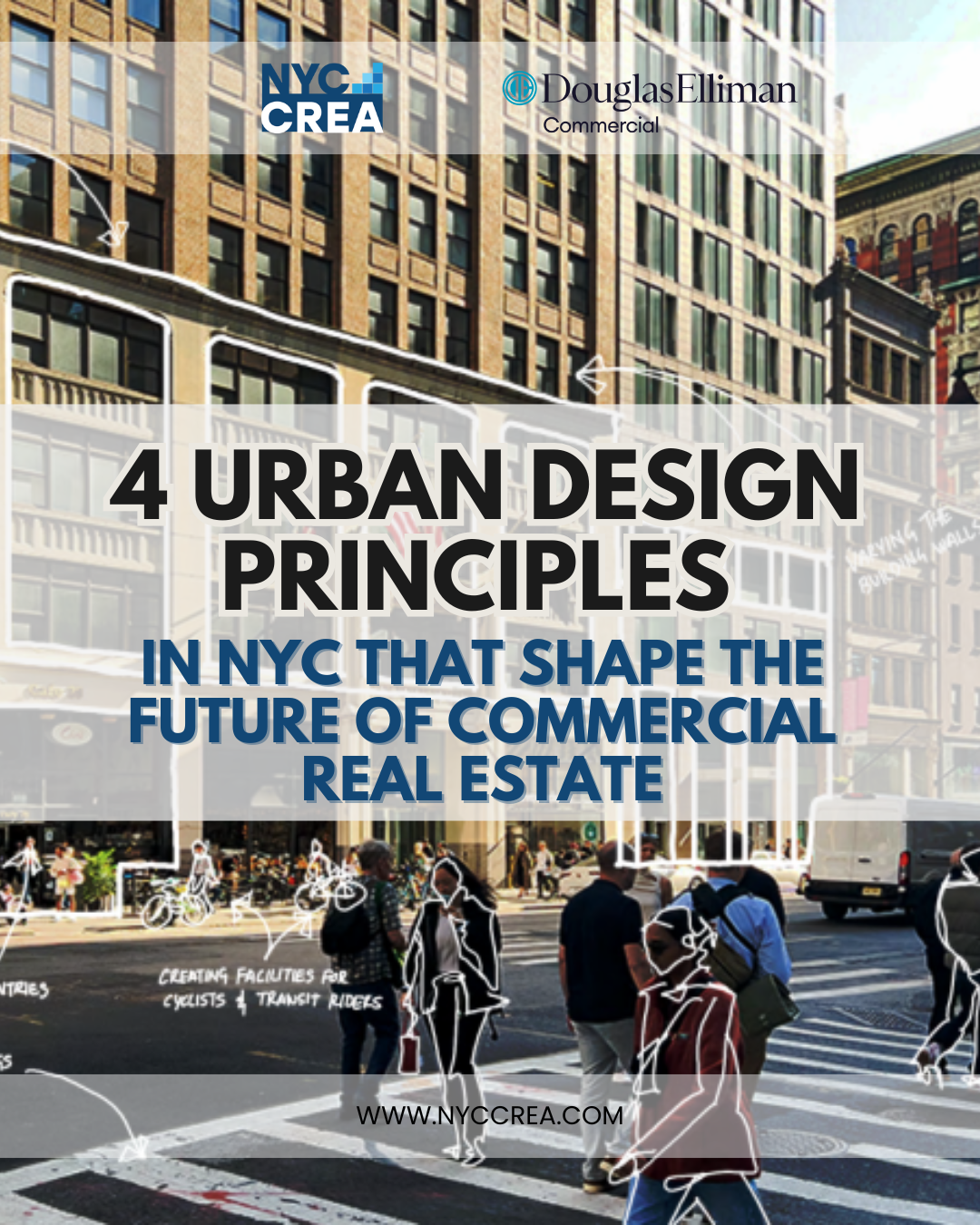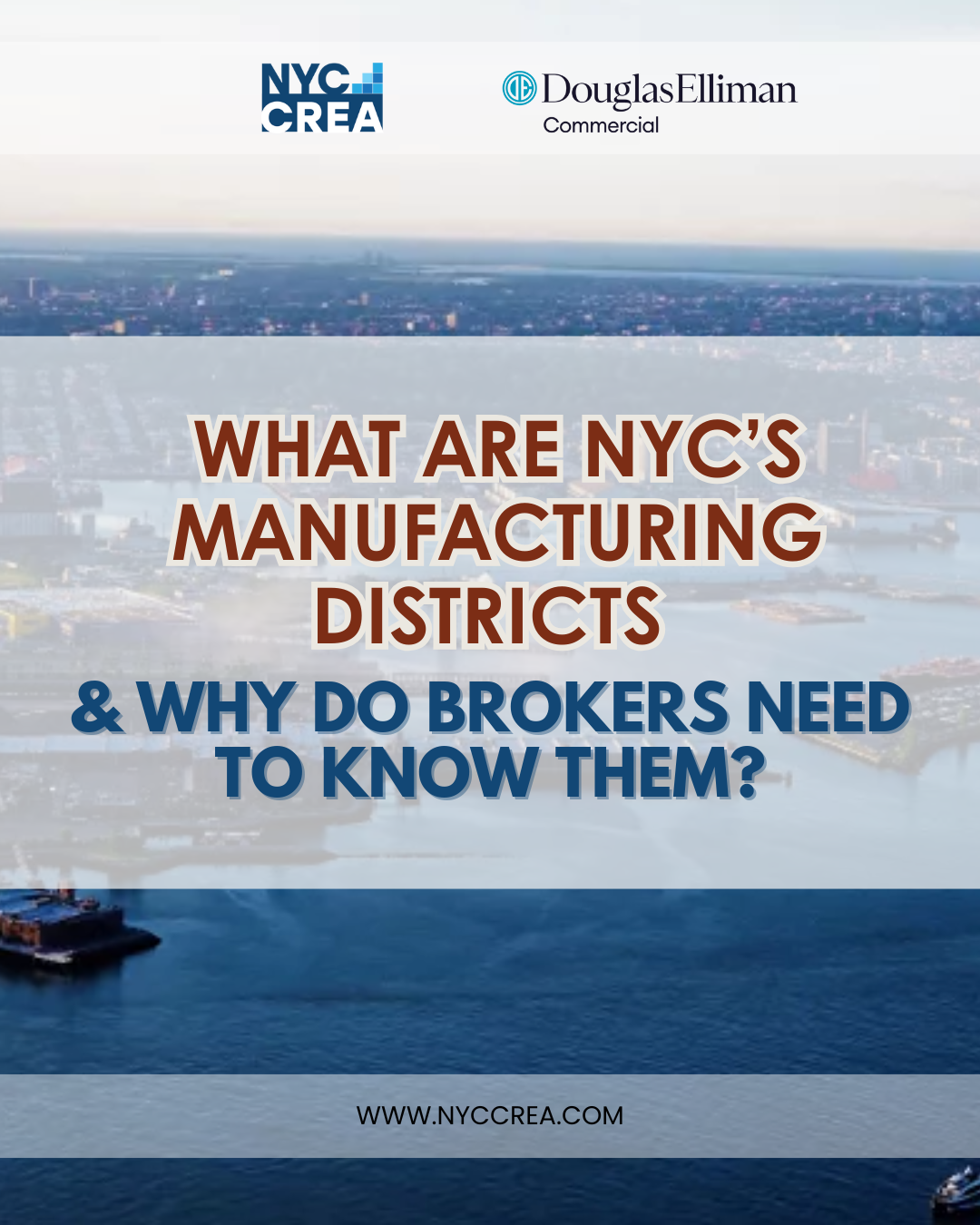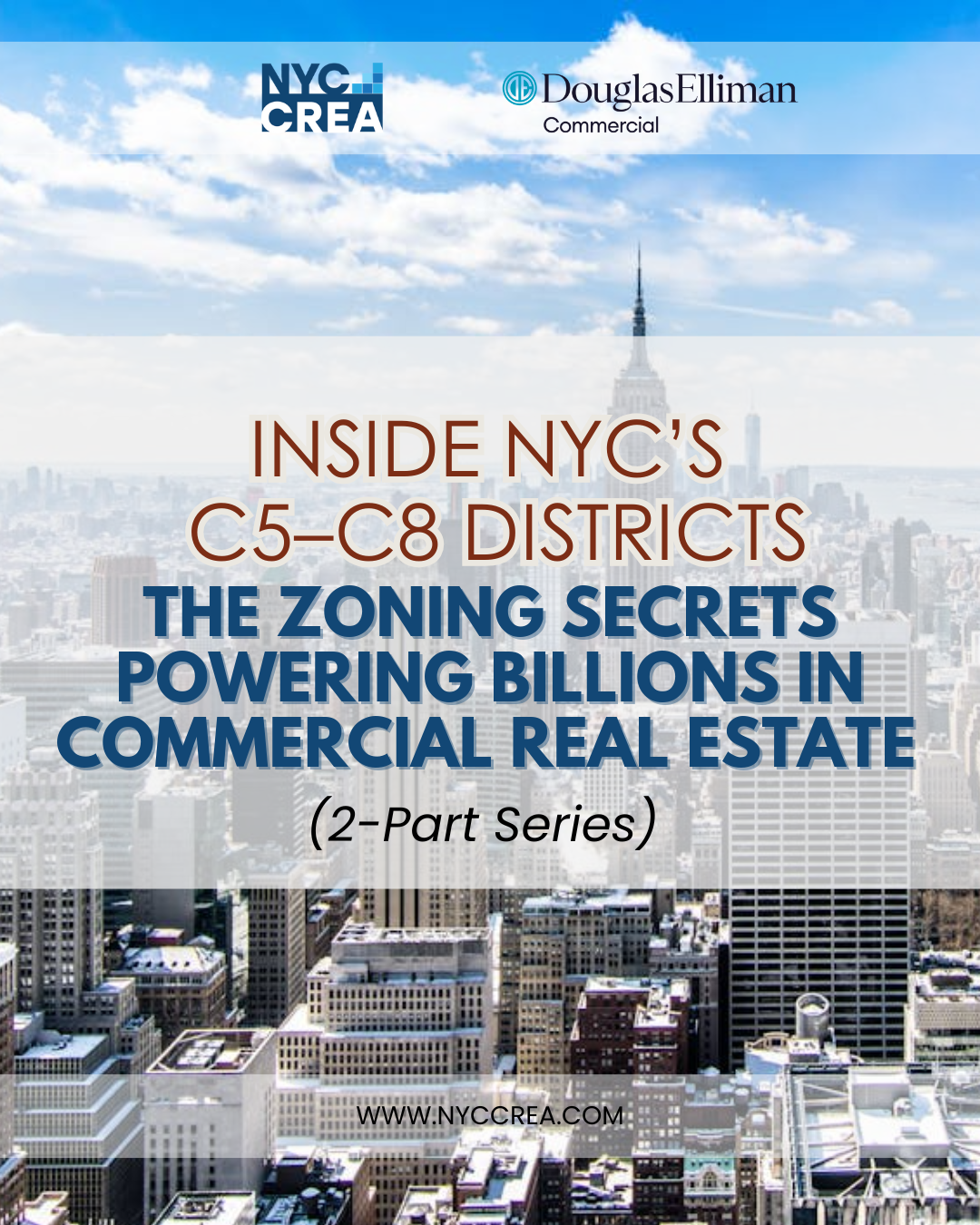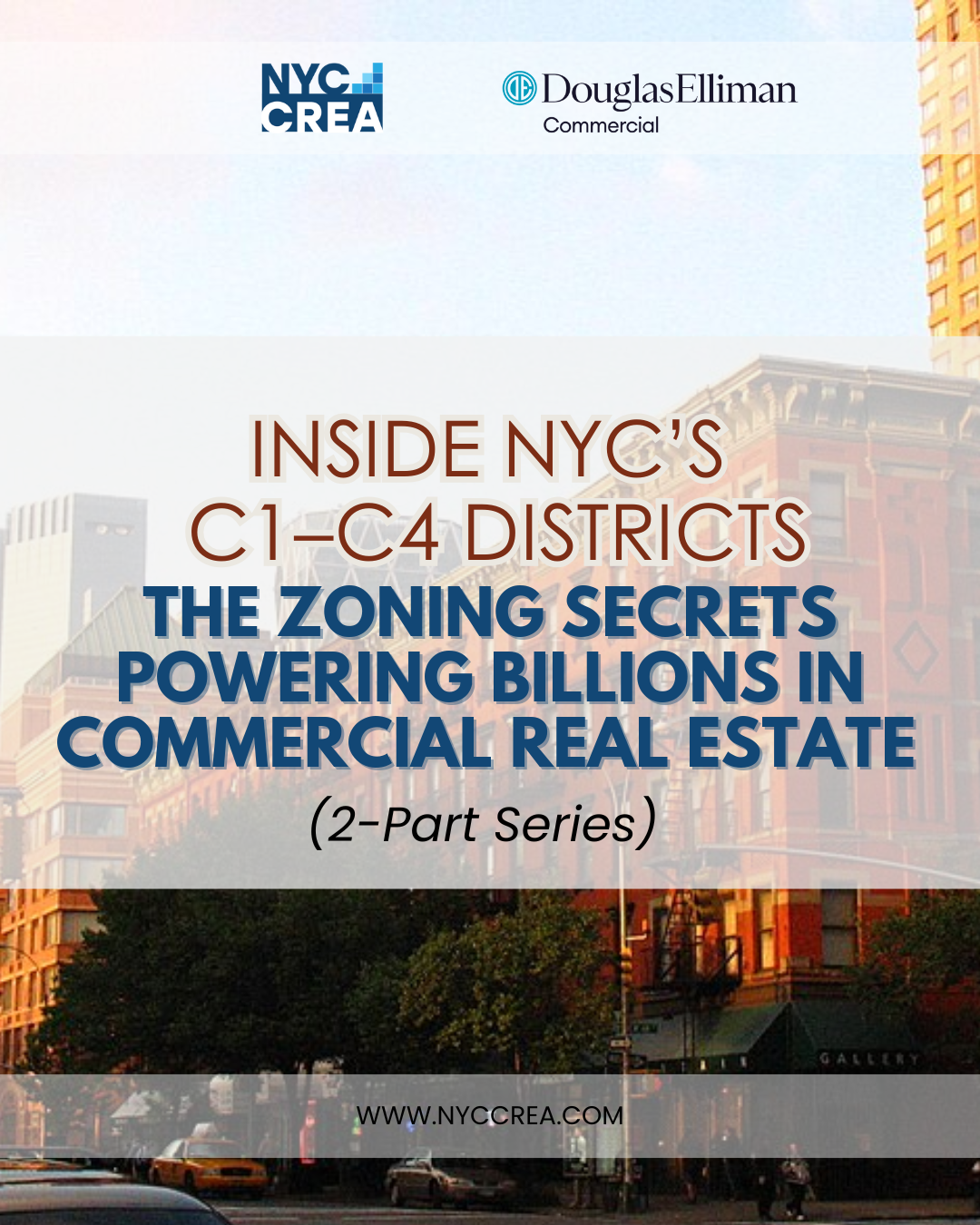April 25, 2025
As of 2025, President Trump has reimposed aggressive tariffs—up to 25% on imports from Canada and Mexico, and 10% on goods from China. While designed to support domestic industries, these policies could profoundly alter the commercial real estate (CRE) landscape, particularly in major urban centers like New York City. These levies affect everything from building materials to consumer products, shaping the demand and development pipelines of the real estate sector.
With exceptions for USMCA goods expiring on April 2, commercial real estate professionals must now contend with an economic environment marked by higher inflation, delayed development, and uncertain tenant demand. New York, as a gateway city reliant on trade and global capital flows, stands at a critical inflection point.
Positive Impacts on New York CRE
1. Industrial Real Estate Growth through Domestic Manufacturing
Trump’s tariff regime may lead to a reshoring of manufacturing, a trend expected to create up to 400,000 new jobs over the next 3–5 years. As businesses pivot away from foreign suppliers to domestic sources, demand for urban and near-urban logistics hubs will rise. In NYC, this could revive underutilized industrial zones in boroughs like the Bronx or Staten Island, fostering long-term leasing demand.
2. Increased Value of Existing Assets Due to Construction Delays
With construction costs estimated to rise between 3% and 5% due to tariffs on critical imports, developers may shelve projects or scale down plans. This creates a scarcity effect: fewer new buildings entering the market increase the relative value and pricing power of existing office and retail properties, especially in high-demand zones like Midtown and Hudson Yards.
3. Growth in 3PL Leasing Amid Supply Chain Uncertainty
Amid supply chain instability, third-party logistics (3PL) providers are gaining traction. As firms hesitate to sign long-term leases, 3PLs offer flexibility, absorbing more industrial space. In New York, these providers could drive significant leasing volume, helping stabilize industrial fundamentals even during uncertain times.

Negative Impacts on New York CRE
1. Higher Construction Costs and Delayed Projects
Tariffs on steel, aluminum, and construction-related imports from Canada, Mexico, and China are expected to raise commercial project costs by 3%–5%. This has already led to delays or cancellations of new developments. In NYC, where construction costs are already among the highest globally, this may further strain margins and deter speculative building, especially in multifamily and office sectors.
2. Slower Economic Growth and Consumer Spending
Tariffs are forecast to reduce U.S. GDP growth by 0.4 percentage points in 2025 and raise household costs by $1,200 annually—more than offsetting any benefit from expiring tax cuts. In NYC, this could suppress retail spending, lower leasing demand, and tighten margins for commercial landlords in consumer-facing sectors like high-street retail and hospitality.
3. Increased Inflation and Borrowing Costs
Core PCE inflation is projected to reach 3.1% in 2025, significantly above the Fed’s 2% target. If inflation persists, the Federal Reserve may be forced to raise interest rates rather than cut them. Higher borrowing costs will impact CRE financing, increasing cap rates and putting downward pressure on asset values across New York’s capital markets.

What to Expect in 2025
Heading deeper into 2025, the full effect of Trump’s trade policy will hinge on the durability of the tariff regime and the broader economic response. While the office sector may remain resilient due to the ongoing flight-to-quality trend and return-to-office momentum, other sectors like retail and multifamily may feel the squeeze of higher consumer prices and reduced capital expenditure.
Despite the challenges, NYC remains a core global market. Investors with a long-term view may see this moment as an opportunity to acquire high-quality assets at more favorable pricing, while tenants and landlords alike adjust to a slower, more cautious leasing environment.
With at least two potential Fed rate cuts and a stabilizing 10-year Treasury yield near 4%, some pressure may ease later in the year. But until then, vigilance and flexibility will be key to navigating this new era of tariffs, trade tension, and transformation.
For the latest news, proven strategies, and exclusive opportunities in commercial real estate in New York City and Western Nassau County NY, the New York City Commercial Real Estate Advisors (NYCCREA) is your one-stop solution. Visit us at www.nyccrea.com
Reference:
On Again, Off Again: Tariffs & Commercial Real Estate (CBRE)



